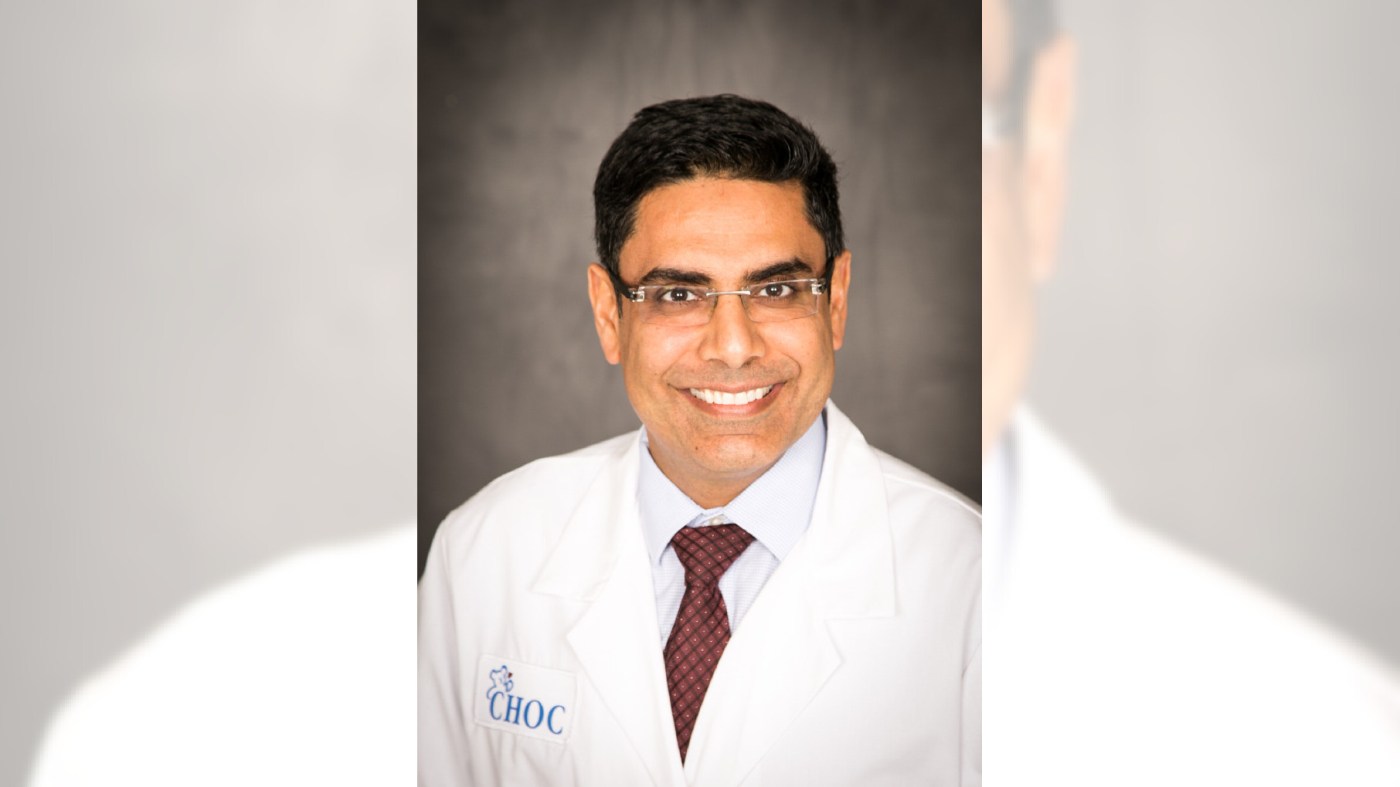By Dr. Rahul Bhola
Contributing columnist
Myopia, or nearsightedness, is an increasingly common eye condition that causes distant objects to appear blurry, often requiring corrective lenses. As the medical director of ophthalmology at Children’s Hospital of Orange County (now Rady Children’s Hospital Orange County, or RCHOC), I have seen the condition surge among children in the last decade.
In clinic on a recent day, I saw about 40 patients — and nearly half were evaluated for myopia. Myopia has been steadily rising for years, but since the COVID-19 pandemic, with increased screen time and reduced outdoor activity, we’ve seen an alarming acceleration in diagnoses.
Worsening prediction
The National Institutes of Health projects that by 2050, nearly half the global population will be nearsighted.
To address this growing concern, RCHOC has adopted predictive modeling technology that estimates a child’s individual risk for myopia progression.
By using customized algorithms, I can stratify risk in children with early signs of myopia or a family history of the condition. This enables evidence-based treatment plans tailored to each child’s profile.
Multi-center study underway
I also serve as the principal investigator of a multi-center study investigating the relationship between axial length elongation and myopia progression. The study also evaluates the efficacy of atropine eye drops in slowing myopia in children. Its findings aim to inform national clinical guidelines and contribute to a broader understanding of myopia trends across the United States.
As a global advocate for pediatric eye health, I am a scientific bureau member of the World Society of Pediatric Ophthalmology and Strabismus, a leading organization dedicated to advancing education and solutions for childhood ocular conditions such as myopia.
At RCHOC, we are committed to proactive, evidence-based management of pediatric myopia. Our approach includes treatments such as low-dose atropine — used not only to slow progression but also to intervene early in pre-myopic children, potentially altering the disease course entirely
The 20-20 rule
In addition to pharmacological interventions, I’d like to emphasize the importance of behavioral and environmental modifications. These include increasing daily outdoor sunlight exposure, which research has shown to help delay or prevent myopia progression, and promoting healthy visual habits such as the 20-20-20 rule — every 20 minutes of work should be followed by 20 seconds of looking at something 20 feet away.
Other recommendations include avoiding reading in low light, maintaining a healthy distance from screens and books, and initiating early screening — especially in children of nearsighted parents, ideally by age 3.
There’s a widespread lack of awareness around myopia and the long-term risks it poses to children’s vision. This isn’t just about needing glasses; myopia is a chronic condition that can lead to serious, vision-threatening complications later in life if left unmanaged.
Dr. Rahul Bhola is medical director of ophthalmology at Children’s Hospital of Orange County, now Rady Children’s Hospital Orange County.
